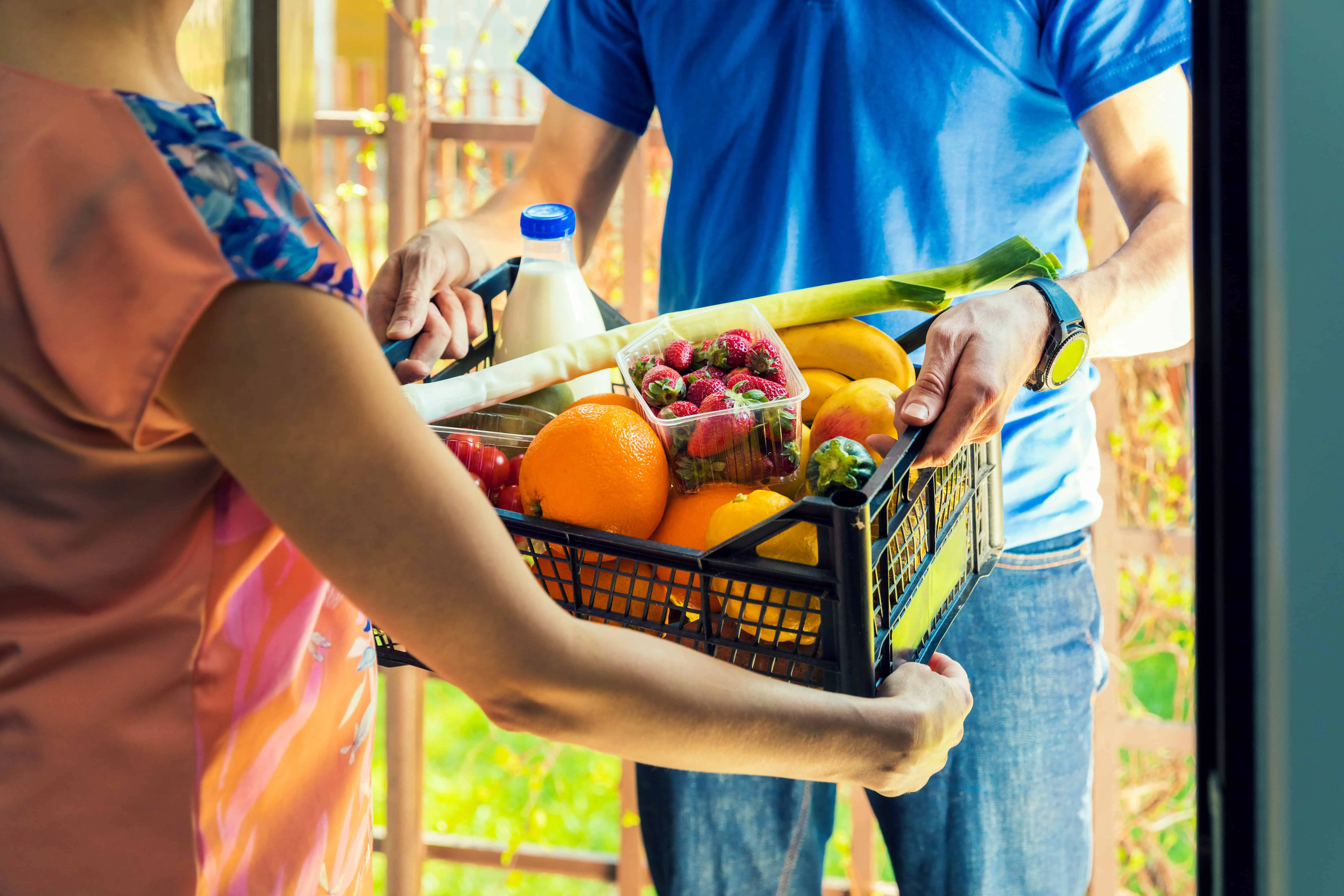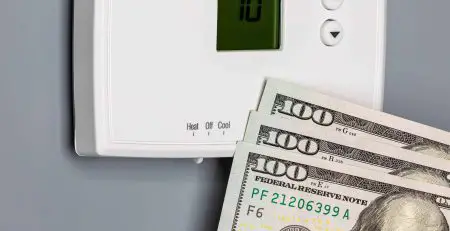In a time when not having enough food is a big problem, many programs in the United States are working hard to make sure people, especially older adults, have enough to eat. One great program is Meals on Wheels America, which is doing a lot to help hungry seniors. Along with Meals on Wheels, there are also other ways to get help with food. Understanding these programs can make a world of difference when it comes down to actually getting support needed to survive.
How Households are Getting Free Food Delivered
Meals on Wheels America is a significant force in the fight against senior hunger. It started as a small program, created by citizens back in 1954. That’s because even back in the day, people saw an urgent need to help their elderly neighbors who couldn’t prepare meals for themselves due to health or mobility issues.
From that local movement, Meals on Wheels America came along and is now able to help seniors across the country. Millions of people have been served thanks to this program. But let’s break down some numbers here: Every year, Meals on Wheels delivers 200+ million nutritious meals straight into seniors’ homes.
How People Benefit from This Program
This organization has become a lifeline, offering nutrition and companionship to millions across the country. That’s why not only do seniors get to access free food, but they get to enjoy the delivery that comes with it. The delivery provides much needed interaction with another person!
Addressing Nutritional Needs
Nutrition is crucial for senior health. Yet, getting proper meals can be challenging for many elderly citizens due to mobility or financial issues. Meals on Wheels steps in here, ensuring that nutritious food reaches those who need it most. Millions of seniors benefit. To be more specific, around 2.4 million senior citizens benefit from this service every year!
Combating Isolation Among Seniors
Social isolation among seniors is more common than you might think—and it’s not just about feeling lonely. Loneliness can have serious consequences, such as depression and decreased cognitive function. You’ll find that nearly 60% of home delivery clients live alone with limited opportunities for social interaction. The volunteers at Meals On wheels often provide their only social contact.
Other Food Assistance Programs
While Meals on Wheels is a great option for certain people, there are other programs available that may be able to help as well. These programs include:
- Supplemental Nutrition Assistance Program (SNAP)
- Special Supplemental Nutrition Program for Women, Infants, and Children (WIC)
- The Emergency Food Assistance Program (TEFAP)
- Commodity Supplemental Food Program (CSFP)
Supplemental Nutrition Assistance Program (SNAP)
Families who find it tough to afford groceries might find a helpful hand in SNAP, commonly known as food stamps. What this program does is it puts a set amount of money each month onto a card, an EBT card, which is specifically for buying food. But it’s not a one-size-fits-all situation. Depending on where you live in the U.S., the way you get into the program and the steps you need to follow can be different.
Special Supplemental Nutrition Program for Women, Infants, and Children (WIC)
There’s a helping hand available for families with new babies, mothers-to-be, and children up to five years old. This help comes from a program named WIC. Not only does it provide healthy food options, but it also guides families through nutritional education, health checks, and even connects them to other vital services. Interested in joining WIC? It’s pretty simple – just get in touch with the WIC office in your area, either through a call or by visiting their website, and they’ll help you get started.
The Emergency Food Assistance Program (TEFAP)
If you’re finding it hard to make ends meet and need some extra help with food, there’s a federal program called TEFAP that’s worth looking into. It’s all about giving free emergency food to people who don’t have much money. The way it works is pretty straightforward: the government, through the USDA, gets lots of good, nutritious food. Then, they pass it on to different groups in each state, like food banks. These food banks have a network of places like local food pantries and soup kitchens where people in need can go to get this food. So, if you’re in a tight spot and need some help with your meals, TEFAP could be a real lifesaver.
Commodity Supplemental Food Program (CSFP)
For seniors who are over 60 and don’t have a lot of money, there’s a helpful program called CSFP. It’s not just a one-size-fits-all thing; different states might have other rules for who can join. CSFP is great because it gives seniors healthy food from the USDA. This food isn’t meant to be the only thing seniors eat, but it adds some extra nutrients to their diets that they might not get otherwise.
The program works thanks to the government sending food and money to help run the program to different states and groups, including Indian Tribal Organizations. Then, these groups pass the food along to local places like charities and community centers. These local spots figure out who can get the food, give it out, and do other helpful things. If you’re a senior or know one who could use a bit of extra help with food, getting in touch with your state’s CSFP agency is a good first step. They can tell you more about the program and how to get involved
Overall
To wrap it up, fighting hunger in the U.S. involves many different programs working together. These programs make sure people, especially older folks, have enough to eat. Meals on Wheels America is a big help, bringing food and friendship to seniors’ doorsteps. Other programs like SNAP, WIC, TEFAP, and CSFP are also really important. They help families, moms, kids, and seniors get the food they need. Each one has its own way of making sure people get the right kind of food. So, if you or someone you know needs help with food, the best thing to do is to contact your local or state agencies. They can guide you on how to get this support.











